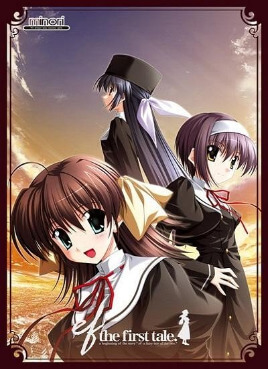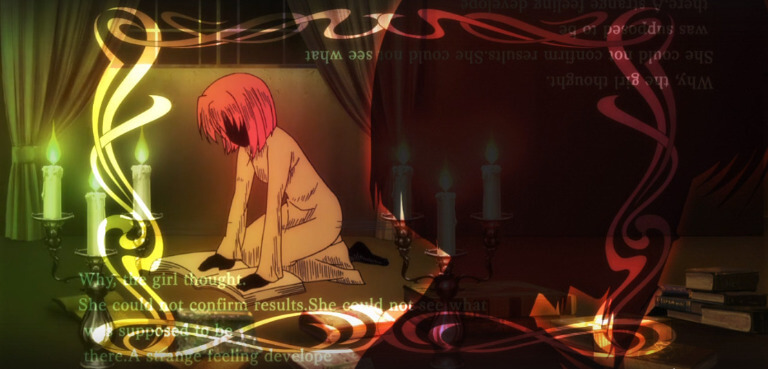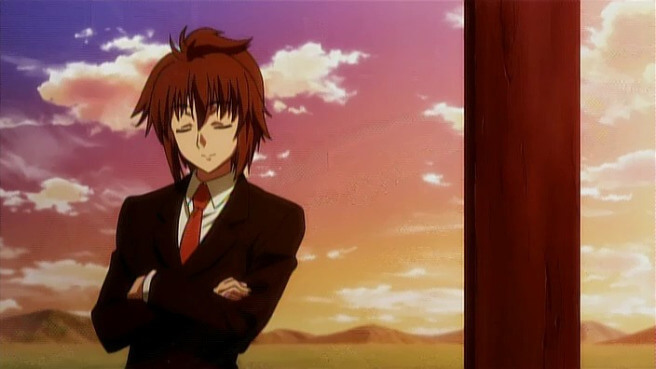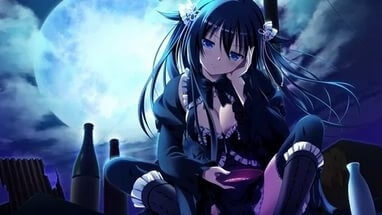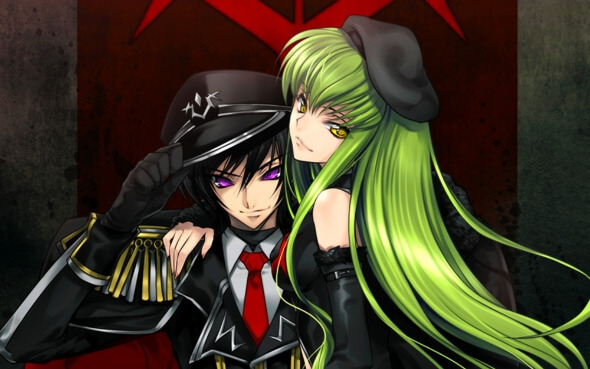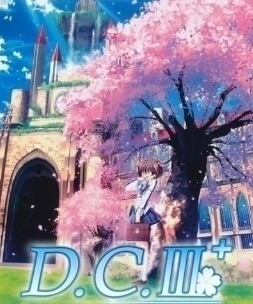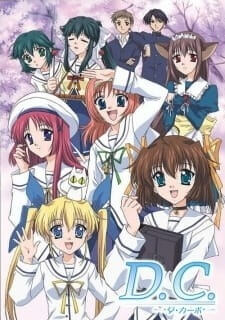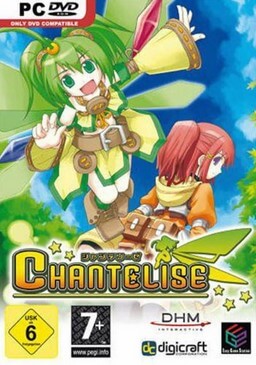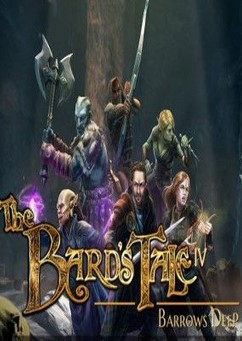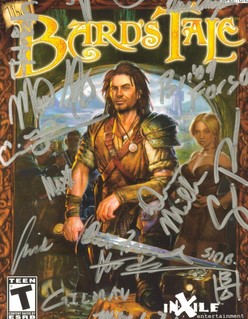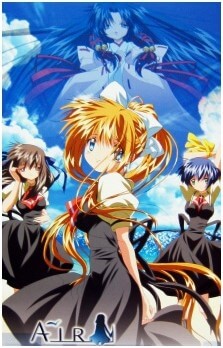Every so often, the player will come to a point where he or she is given the chance to choose from multiple options. The time between these points is variable and can occur anywhere from a minute to much longer. Gameplay pauses at these points and depending on which choice the player makes, the plot will progress in a specific direction. There are four main plot lines that the player will have the chance to experience, one for each of the heroines in the story. The plot lines carry on from each other in a linear fashion. The game can end prematurely if the player makes the wrong decisions. When this occurs, the player must go back to a previously saved spot and choose different decisions.
For Ef, Minori attempted to create a movie-like experience, using a lot of animated two-dimensional computer graphics presented from various angles. Instead of presenting the visuals straight-on with a character's image in the middle of the screen and the character being the main focus, the character images in the Ef series are off-center and appear closer to "event" computer graphics (CGs) in typical visual novels. These types of CGs occur at certain pivotal times in a visual novel's story and are meant to be artistic and much more detailed than normal visuals.
Plot and characters
Ef: A Fairy Tale of the Two consists of two parts. The first part is titled Ef: The First Tale and primarily consists of the story of Hiro Hirono, Miyako Miyamura, Kyosuke Tsutsumi, Kei Shindo, and Yuko Amamiya. It consists of a prologue and two main chapters with Miyako as the focus for the first chapter, and Kei for the second. This is followed by the second part of the story, Ef: The Latter Tale, which primarily deals with the story of Renji Aso, Chihiro Shindo, Shuichi Kuze, Mizuki Hayama, and Yu Himura. The second part consists of two more main chapters and an ending chapter, with Chihiro as the focus for the third chapter, and Mizuki for the fourth. Bringing the two parts together forms the all-encompassing Ef: A Fairy Tale of the Two. The story is set in the town Otowa (音羽).
Development and release history
Planning for Ef started in 2004 headed by Nobukazu Sakai (also known as nbkz), who is the main producer for Minori. The director for Ef was Mikage, who was also one of the main scenario writers along with Yū Kagami. Character design for Ef was headed by two artists, Naru Nanao who drew the female characters, and 2C Galore who drew the males. The opening movie animation was done via a collaboration between the animation studio Ajia-do Animation Works and Makoto Shinkai. Music in the Ef series was provided by Tenmon, who was the sole composer for Ef: The First Tale, and was accompanied by Eiichirō Yanagi for additional music used in Ef: The Latter Tale. It cost Minori over 100 million yen to produce the Ef series.
A fan disc entitled Ef: First Fan Disc was initially released during Comiket 72 between August 11 and August 13, 2007; the disc, playable on a PC was later sold in retail stores starting on August 25, 2007. The disc, unlike the normal visual novels in the series, did not contain adult content, and offered a glimpse into the world of Ef, though only touched on points from Ef: The First Tale, the first game in the series. Ef: The First Tale was released as an adult game for the PC on December 22, 2006. The second game in the series, Ef: The Latter Tale was released on May 30, 2008. MangaGamer released both games in English: Ef: The First Tale was released on July 27, 2012 and Ef: The Latter Tale was released on December 20, 2013.
A game demo of Ef: The First Tale is available via a free download at Getchu.com's special website for Ef: The First Tale. A second fan disc entitled Ef: Second Fan Mix, released as a preview of Ef: The Latter Tale, was initially released at during Comiket 73 on December 29, 2007; the disc, playable on a PC, was later sold in retail stores starting on February 8, 2008. A PlayStation 2 port combining The First Tale and The Latter Tale was released on April 29, 2010 published by Comfort. A fan disc titled Tenshi no Nichiyōbi "Ef: A Fairy Tale of the Two" Pleasurable Box. (天使の日曜日 "ef - a fairy tale of the two" Pleasurable Box.) was released on September 17, 2010.
Reception
In the October 2007 issue of Dengeki G's Magazine, poll results for the fifty best bishōjo games were released. Out of 249 titles, Ef: A Fairy Tale of the Two ranked 23rd with 11 votes, tying with Muv-Luv Alternative and Snow. The first game in the Ef series, Ef: The First Tale, was the highest selling game for the month of December 2006 on Getchu.com, and dropped to 19th in the ranking the following month. Also, Ef: The First Tale was the fourth most widely sold game of 2006 on Getchu.com despite it being released with a little over a week left in 2006. In the January 25, 2007 issue of the Japanese gaming magazine PC News, it was reported that Ef: The First Tale was the fifth-highest selling game of 2006 with 40,843 units sold. Across the national ranking of bishōjo games in amount sold in Japan, Ef: The First Tale premiered at number two, and ranked twice more at number five and 32. From mid-April to mid-May 2008, Ef: The Latter Tale ranked fourth in national PC game pre-orders in Japan. Ef: The Latter Tale ranked first in terms of national sales of PC games in Japan in May 2008, and ranked at 30th on the same ranking the following month.
Theron Martin of Anime News Network reviewed the Blu-ray edition of Ef: A Tale of Memories, where he praised the anime series for not resorting to "even a whiff of the supernatural", and called the way in which characters behave as "largely believable". The anime received a mostly positive review from Bradley Meek THEM Anime Reviews. Bradley appreciated the animation, saying that "It does wonders for the mood in the series, adding a tangible layer of mysticism and fantasy." However, he criticized the series being "cheesy and melodramatic more often than not." He concluded the review saying, "Despite some laughable melodrama, the raw emotions and Shaft's hypnotic animation makes ef ~a tale of memories~ a memorable romance. The plotting is slow, though, so it's not for people with short attention spans."
